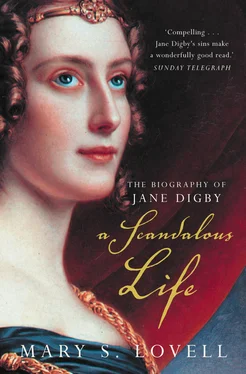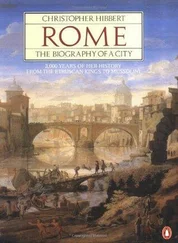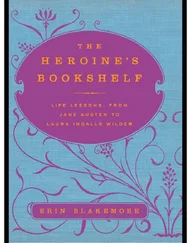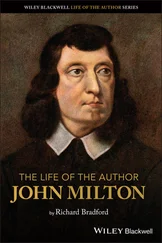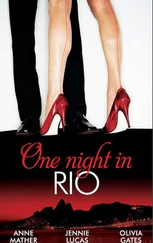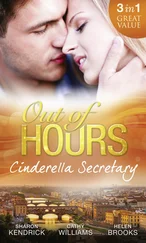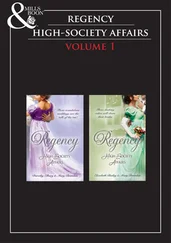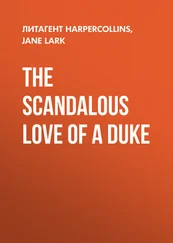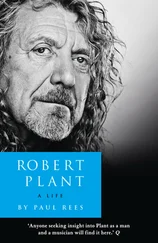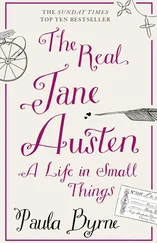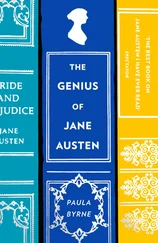At the time of Jane’s birth Captain Digby owned Forston House, a pleasant country property in Dorset. It overlooked the famous Cerne Abbas giant and was close to his uncle’s estate, Minterne. It was because of her father’s frequent absences at sea, and her mother’s natural wish to spend time ‘at home’ at Holkham while he was away, that Jane and her two younger brothers, Edward and Kenelm, were often at their grandfather’s house and, like their mother, came to regard Holkham as a second home. Here the eleven children of Lady Andover’s sister Anne and her husband, Lord Anson, were also educated in the capacious schoolroom. Jane was particularly close to her Anson cousins Henry and Fanny who were nearest to her in age.
Those first decades of the nineteenth century were a golden era for the rich. Vast country houses surrounded by shaved lawns and pleasure gardens, with artificial lakes, follies and deer parks, stables full of hunters, hacks and work-horses, and coach-houses full of elegant equipages, provided work and livings for hundreds of servants indoors and out. Holkham was no exception.
Tom Coke could not be described as extravagant; he spent shrewdly enough, but no visitor ever walked through the deliberately unpretentious front entrance of Holkham Hall without being stunned at what lay within. The massive entrance hall, modelled on a Roman temple of justice, is an extravaganza of marble, alabaster and carved stone. Fluted Ionic columns support the domed Inigo Jones roof, a gilded crown for this masterpiece of light and space. Around the walls are bas-relief and marble sculptures, and the classical theme continues throughout the house. Holkham was – and remains – richly endowed with Greek and Roman statuary, but it is also famous for its art collection, its rich and rare furnishings and sumptuous Genoese velvet hangings, and its incomparable library. It is still regarded, along with Chatsworth, Blenheim, Badminton and Burghley, as one of the truly great houses of England.
Such grandeur, however, was not the brainchild of Jane’s grandfather. The property was bought in 1610 by Edward Coke, the famous jurist, who became Lord Chief Justice. The first Earl of Leicester built the present house in 1734 and, when the direct line failed, the estate, but not the title, passed to Thomas William Coke. If Thomas Coke ever was inclined towards prodigality, the money was spent on his lands rather than his house. Politically he was a staunch Whig, but first and foremost he was a dedicated agricultural reformer, who spent a fortune 8 transforming a rugged wasteland ‘where two rabbits fought over a single blade of grass’ into a fertile, productive, ‘scientifically controlled’ region famous for its barley soil. 9 He convinced men of substance to invest in long-leases of farms and to ‘induce their sons, after [reading] Greek and Latin in public schools, to put themselves under the tuition of well-informed practical farmers to be competent for management.’ 10 It is no exaggeration to say that this far-sighted man was the architect of modern farming methods throughout the world.
His livestock, particularly sheep, were selectively bred for meat, breeding stock and wool. His annual sheep-shearing, known as Coke’s Clippings, became a sort of four-day county fair which attracted thousands of sightseers from all over the country, and overseas. Exhibitions of every aspect of rural industry, from animal husbandry to flax weaving and the building of agricultural cottages, were presented. Conferences were held during which papers were given on agricultural matters such as crop rotation and stock-breeding, and these were a magnet for the guests assembled at Holkham for the Clippings, almost all of them titled. 11 The autumn and winter shooting parties at Holkham included royalty and top political figures of the Whig Party, as well as sporting squires, and Mr Coke’s hospitality was legendary.
Despite his leaning towards outdoor pursuits, Thomas Coke did not neglect the arts. Educated at Eton (where on one occasion, to avoid being caught poaching on the neighbouring royal estates, he swam the River Thames with a hare in his mouth), 12 he spoke both Greek and Latin. He inherited the vast library of classical literature and manuscripts at Holkham, considered to be a national treasure (when he took over Holkham he found hundreds of rare books from Italy still unpacked in their crates), but he continued throughout his life to purchase rare books, and works of art by such contemporary geniuses as Gainsborough, to add to those by Titian, Van Dyck, Holbein, Rubens and Leonardo da Vinci.
It was in this atmosphere that Jane spent much of her youth. She was encouraged by her grandfather to ride, to take an interest in the active management of horses and small farm animals, to read the classics and to be aware of the ancient civilisations represented at Holkham, as well as modern politics. She lived the privileged life of a cosseted only daughter, surrounded on all sides by love and admiration, and the constant companionship of her two brothers and numerous cousins. In turn she worshipped her hero father, adored her lovely mother, who was called by all three children ‘La Madre’, and loved and revered her aunts.
We have mere glimpses of Jane in those days. A family friend who peered round the door of an upper-floor room saw through the dust motes of an early summer morning that ‘the schoolroom was nearly full … there was Miss Digby – so beautiful – and the two Ansons, such dear and pretty children’. 13 Another noted Jane’s vitality and grace of movement, but judged that ‘her chief glory was her hair, which fell, a rippling golden cascade, down to her knees.’ 14 An aunt recollected that as a child Jane used to refer to annoying incidents with the impatient phrase, ‘it is most provocative and bothersome.’ 15 In later years, Jane’s own diary recalls the wonderful, rumbustious, ‘old-fashioned’ Christmases at Holkham, with all the traditions of feasting and mummers and laughter and games, and the annual servants’ party. We also know from the diaries of her relatives, and visitors to Holkham, of the gargantuan dinners of dozens of courses for scores of appreciative diners from the Prince of Wales (a frequent visitor before he became Regent) to scholars, to which the children were sometimes invited. Again, we learn from her own diary that Jane’s chief delight was to beat her brothers in their frequent mock horse-races. 16 She had no time for dolls and girlish toys but preferred riding and playing with dogs and the numerous family pets. 17 Totally fearless, she could ride anything in the Holkham stables, and was as at home looking after a sick beast as riding one – which must have especially endeared her to her grandfather.
That she was frequently wilful is enshrined in family legend, as is the further characteristic that she was so prettily mannered and always so abjectly apologetic at having offended that she was instantly forgiven. It was a happy childhood, but her natural high spirits led her into many ‘scrapes’, as she called them, and a picture emerges of a highly intelligent, active, perhaps somewhat spoiled little girl who instinctively threw up her head at any attempt to check her. She was not unfeeling in her pranks, however; her anxious cajolery shines through the tear-stained and ink-blotted note of apology that she wrote to her mother at the age of about eight:
Dearest Mama,
I am very sorry for what I have done and I will try, if you will forgive me, not to do it again. I wont contradict you no more. I’ve not had one lesson turned back today. If you and Papa will forgive me send me an answer by the bearer – pray do forgive me.
You may send away my rabbits, my quails, my donkey, my monkey, etc., but do forgive me.
I am, yours ever,
Читать дальше
